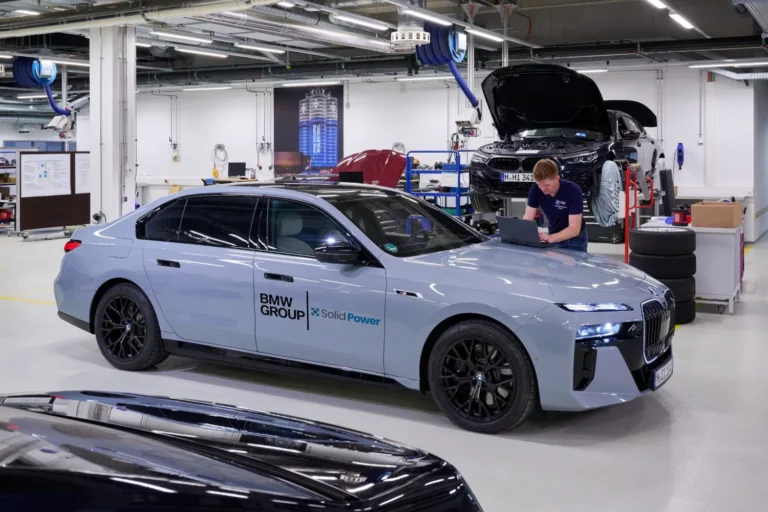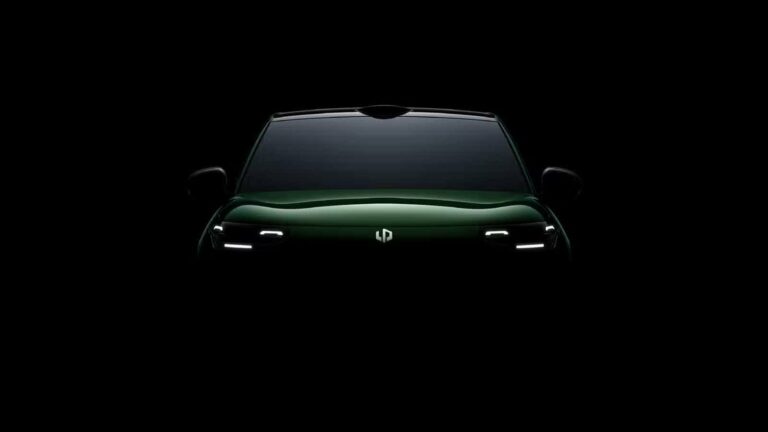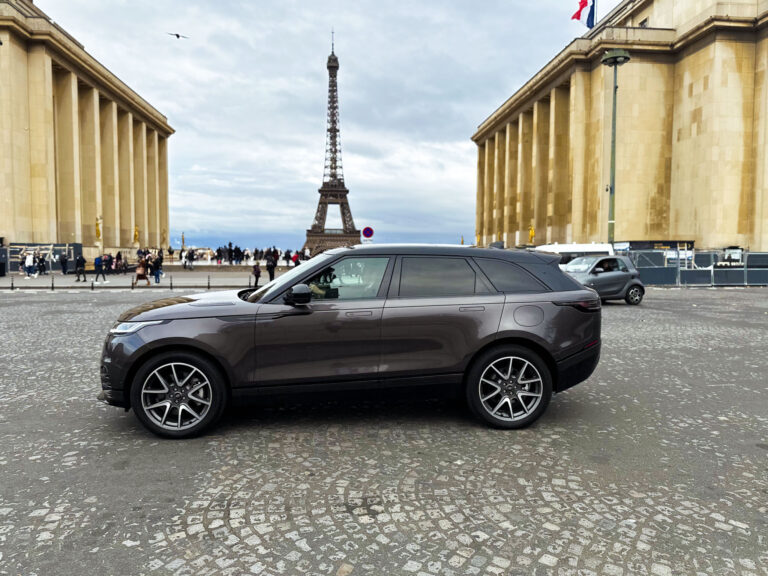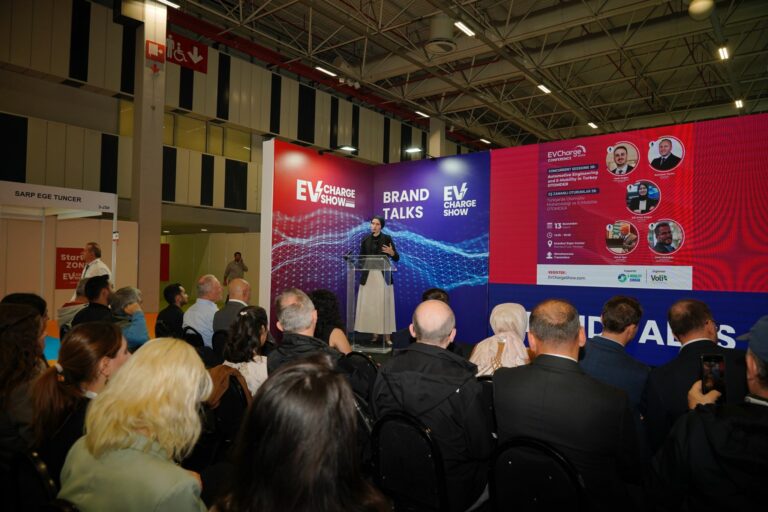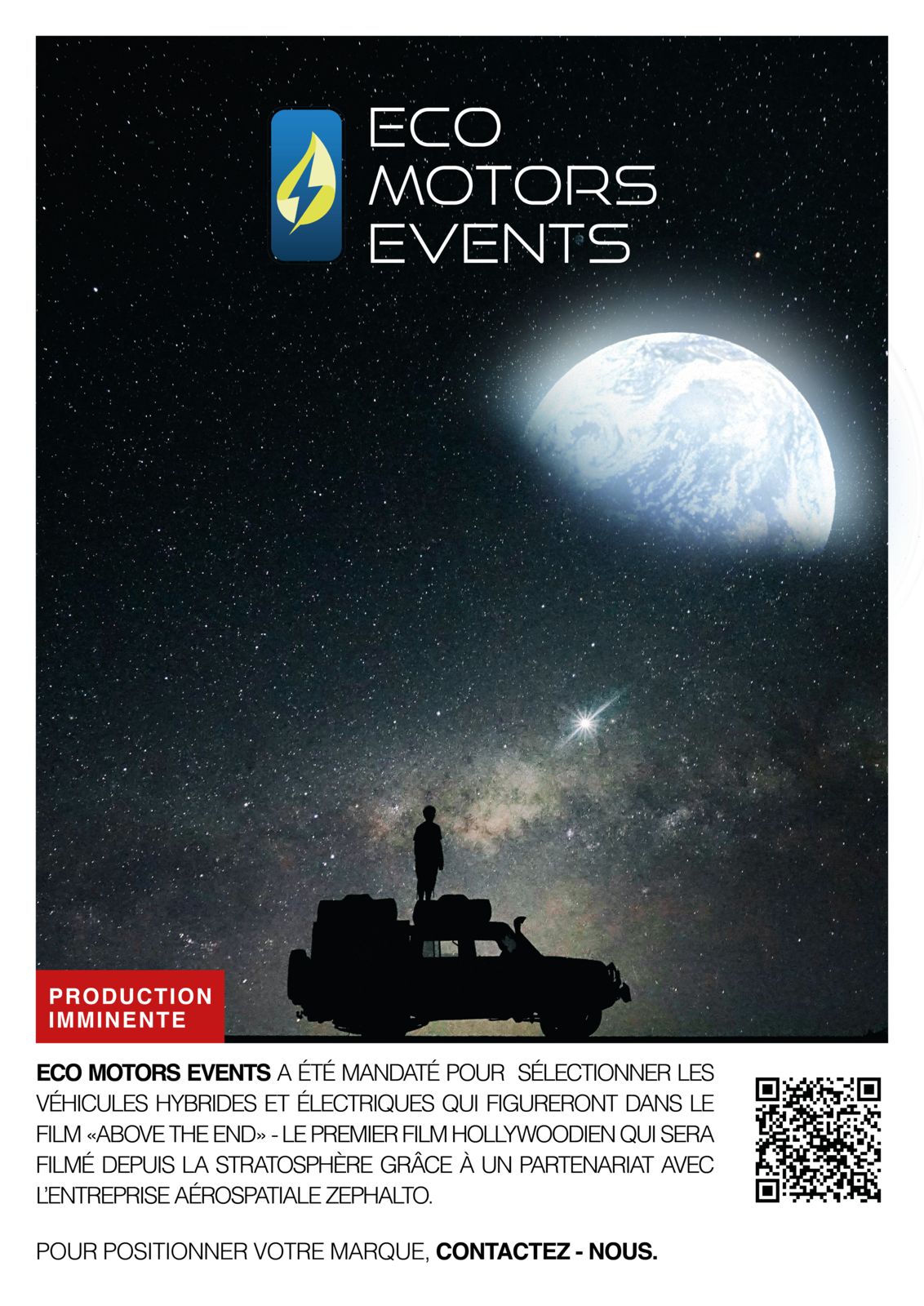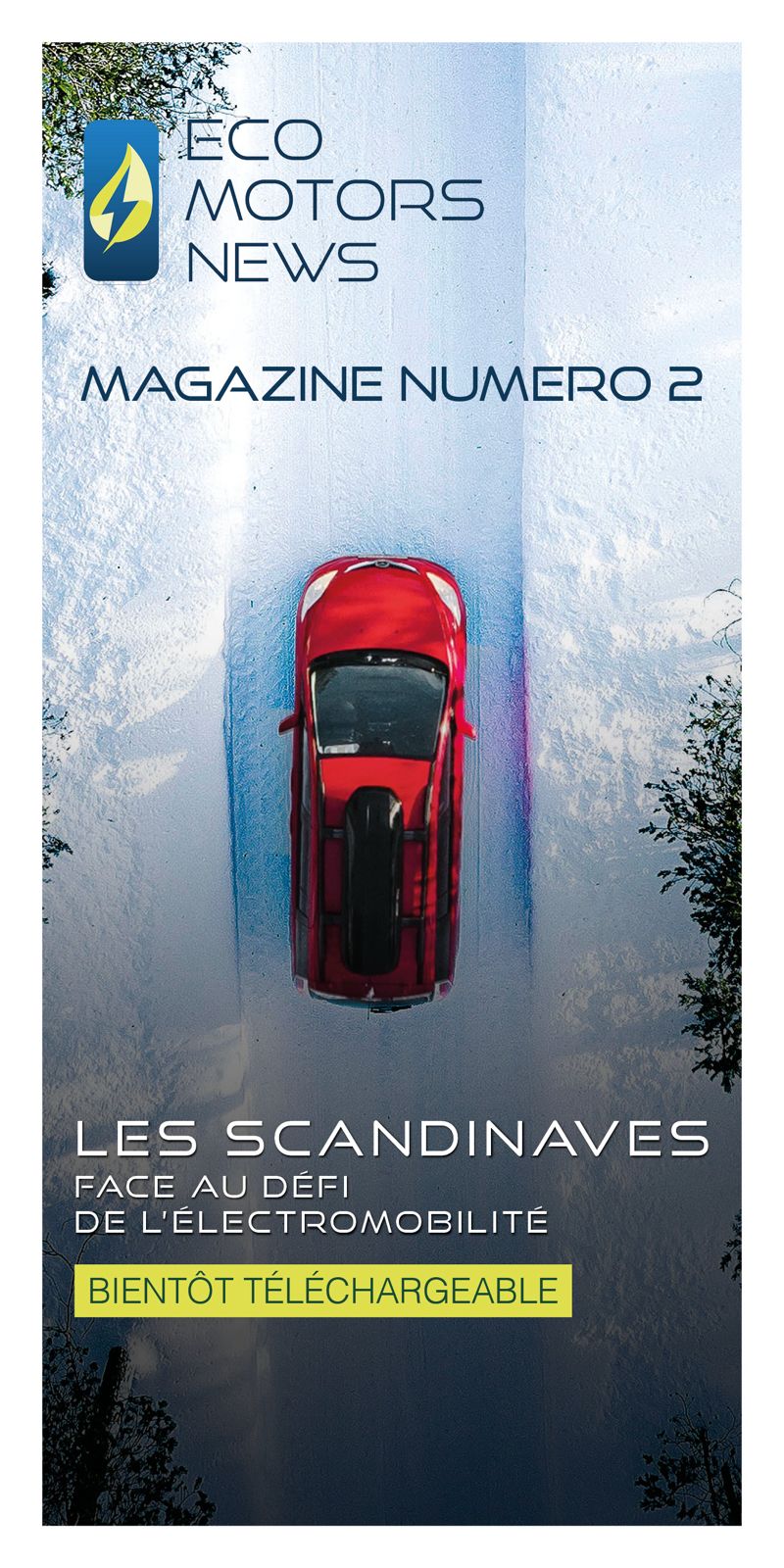Solid state batteries are finally moving from the laboratory to the production line. Thanks to a structured alliance between BMW, Samsung SDI and Solid Power, the technology is taking a decisive step towards commercialisation, expected before 2030. This convergence of major players promises double the range, faster recharging and greater safety, reviving the global race for innovation.
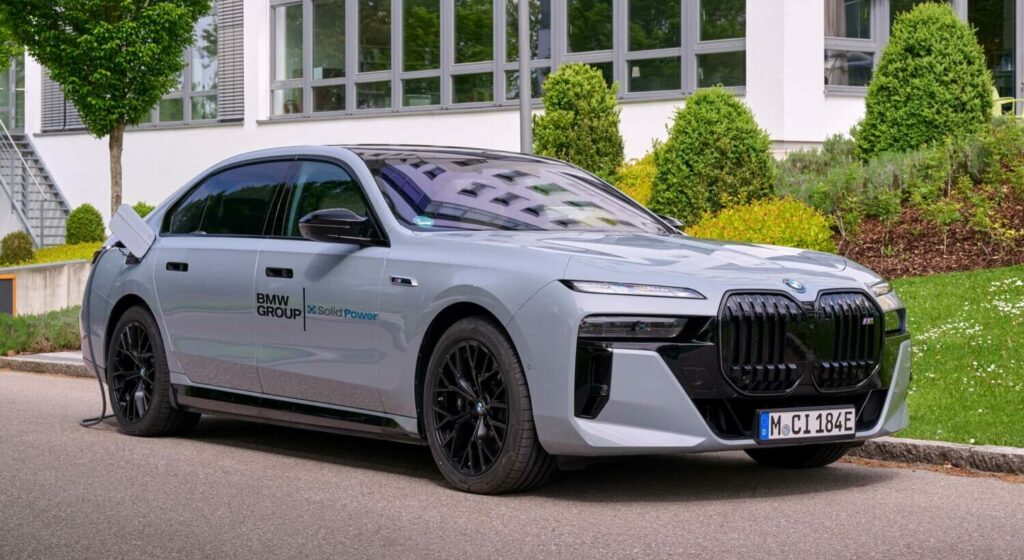
The partnership that could change the industry
BMW, Samsung and Solid Power today formalised a strategic collaboration to accelerate the development of solid state batteries. The alliance draws on Solid Power’s chemical expertise, Samsung SDI’s industrial strength and BMW’s automotive expertise, providing a complete ecosystem to take batteries from prototype to production. BMW and Solid Power have already been working together since 2022, but the arrival of Samsung marks a crucial step. The Korean group will contribute its manufacturing capabilities, while BMW will design and integrate the packs into its future models. This clear division of roles should enable a rapid and controlled ramp-up.
The first results are tangible, with a pilot line inaugurated by Samsung in 2023 to produce prototypes that will be sent to customers. At the same time, BMW has successfully tested an i7 equipped with solid-state cells in real-life conditions. As a result of these advances, the partners are aiming for series production before 2030, reinforcing the credibility of a technology that is often considered over-ambitious.
Long-promised technology finally a reality
The heart of the system is a sulphide-based solid electrolyte developed by Solid Power. It offers high conductivity and improved stability, two major challenges for this technology. The cells manufactured by Samsung will incorporate this electrolyte in the separator or catholyte. BMW will then assess performance against strict criteria before incorporating them into its demonstration vehicles. These advances are also based on an energy density that is significantly higher than current standards. Some configurations already reach 390 Wh/kg and could rise to 440 Wh/kg with a lithium metal anode. Experimental versions are even aiming for 560 Wh/kg, although their development is still at an early stage.
This performance is expected to double the range and halve recharge times. The benefits also include longer life, limited degradation and a safer thermal profile. The technology therefore seems to offer much-awaited solutions for accelerating the adoption of electric vehicles in an increasingly competitive market.

The global race intensifies
The competition for solid-state batteries is gathering pace, with all the major manufacturers looking to gain the upper hand. Nissan is already developing its own solutions with LiCAP Technologies. In China, CATL and BYD are aiming to bring their products to market as early as 2027, with a view to asserting their dominance before the end of the decade. At the same time, Mercedes-Benz, Stellantis and Volkswagen are making progress with their dedicated partners, showing that the stakes go far beyond the technological framework.
Against this backdrop, BMW is adopting a cautious but ambitious strategy. The manufacturer is multiplying its partnerships to maximise its chances of success, while rigorously validating each step forward. Despite the absence of a precise timetable, the current momentum suggests that the solid-state battery could become an industrial reality sooner than expected.
A redefined electric future
Thanks to the complementary nature of their combined expertise, BMW, Samsung SDI and Solid Power seem to be better equipped to take the final critical steps. Prototypes are already on the road, pilot lines are up and running and validation work is progressing. If the promises are confirmed, this technology could profoundly transform the automotive industry by offering greater safety, more autonomy and fewer constraints for users. So the countdown is on. The next few years will tell whether the solid state battery can finally live up to its promise and reshape the global electric mobility landscape.
As well as manufacturers, consumers have high expectations of this new generation of solid batteries. The doubled range and faster recharging could remove the last remaining obstacles to the purchase of an electric vehicle, particularly for long journeys. In addition, greater safety and improved thermal stability are boosting public confidence in this technology. Finally, the combination of performance, durability and ease of use could transform the driving experience, while accelerating the transition to cleaner, more efficient mobility.


